RESTON®SA – Hydraulic dampers
Under normal circumstances, Hydraulic Shock Absorbers allow free movements of the bridge structure. Under shock impact, e.g. due to earthquakes, high braking loads or strong winds, they function temporarily as elastic damping connections.
Media
Product summary
The mageba hydraulic buffer is based on a well established technology which has been used for heavy duty buffers during the last decades. Its design responds to the most advanced specifications in respect to anti-seismic behaviour. The high quality of material and components employed secure a service life of 50 years and more.
Design principles
- A hydraulic buffer consists of a piston, a piston rod and a cylinder pipe.
- The principle of a buffer is to allow free movements during normal operations and a temporarily rigid connection during a shock loading from an earthquake, traffic breaking, or a heavy wind blow, for instance.
- The resulting reaction force depends on the flow of a fluid that passes from one chamber into the other of the cylinder pipe.
- The fluid, a special silicon oil, is squeezed through small holes in the piston (for smaller buffers the fluid flows through the gap between the pipe and the piston). The size of the holes determines the damping characteristics of the buffer.
- The mageba hydraulic buffer allows bridge engineers to strengthen almost every bridge at a lesser cost compared to conventional strengthening methods.
Anchoring system
mageba hydraulic buffers can be delivered with the entire anchoring system. Depending on the bridge type, steel or concrete connections are required. The fixing from the buffer to the connection base plate is made with bolts making the buffer easily exchangeable. The rotational capacity between the buffer and the support construction is guaranteed by the use of a high quality spherical plain bearing.
Common applications
Hydraulic buffers can be used for a wide range of applications. Following examples are most common applications:
- Strengthening simple and continuous span bridges by distributing the acting horizontal loads (e.g. breaking forces) among all piers and abutments.
- Connecting the pier of a cable stayed bridge with its deck, allowing free movements during normal operations and a rigid connection during seismic activities.
- Retrofitting existing bridges at minimal costs where seismic up-grades are required.
Materials
Following materials are used for the production of mageba hydraulic buffers:
- Main outer steel parts such as cylinder tubes, cylinder pipe, etc. made out of steel S355 acc. to EN 10025 (DIN 17100)
- Piston rod made out of steel 34CrMo4 acc. to EN 10025 (DIN 17100)
- Hydraulic valves made out of cast steel acc. to EN 10025 (DIN 17100)
Corrosion protection
All visible surfaces are sandblasted and protected by a 100 µm zinc dust primer and two layers each of 80 µm additional top coating. The piston rod treated with a special corrosion protection. Alternative requirements for corrosion protection can be accommodated.
Sealing
The sealing represents the most critical element of the total hydraulic system. Therefore, mageba employs a high grade sealing that demonstrates a quasi zero natural wear and an absolute physical-chemic compatibility with the adopted viscous fluid.
Viscous fluid
The mageba viscous fluid is based on a silicon oil with special additives, protecting it against natural aging and the buffers from inner corrosion. With respect to temperature variations, the viscosity of this selected fluid shows a nearly constant characteristic. This characteristic facilitates the mechanical system to be thermically compensated.
Damping capacity
mageba hydraulic dampers are devices, which enable displacements (due to thermal changes, creep & shrinkage, etc.) during service conditions without creating significant response forces, but dissipate huge amounts of energy in the event of a sudden occurrence of a dynamical load input, converting the energy into heat.
Temperature resistance
The mageba hydraulic buffer is designed for an operating temperature range from -10°C to +70°C. For short moments, the hydraulic buffer is able to take temperatures of more than 200°C, situations that can be observed at the time of energy dissipation during a seismic event.
Testing
Full-scale testing can be carried out, if required. Mageba performs its tests at a recognised independent test institute. Commonly used tests are:
- Damping efficiency test to evaluate the energy dissipating capability.
- Constitutive law test to determine the damper's characteristic curve force vs. velocity.
- Impressed low velocity test to evaluate the damper's axial force resistance under simulated thermal movements.
Monitoring system
An optional monitoring system is available and includes measuring units such as oil temperature gauge, distance control systems, oil pressure sensors, and so forth. The output is realised through an analogue output 4-20mA or 0-10V.
References
Similar Products & Services
Relevant Websites
- About this
data sheet - Product-ID
22 - Published on:
02/07/2007 - Last updated on:
17/11/2021

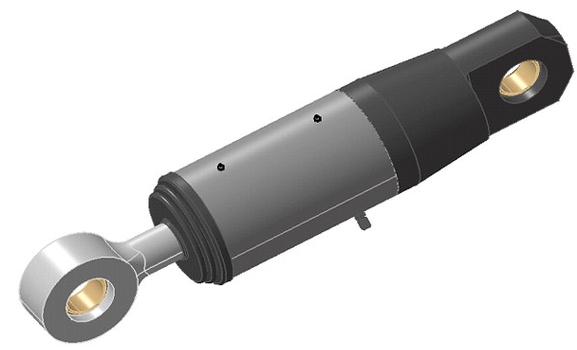
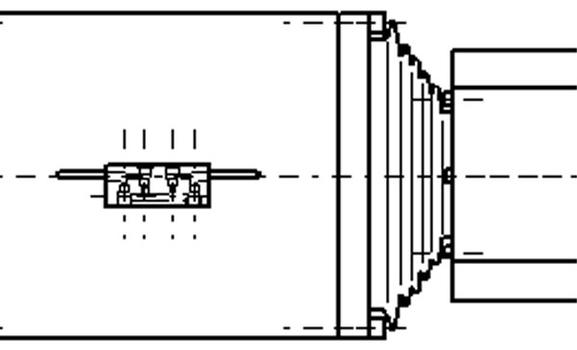
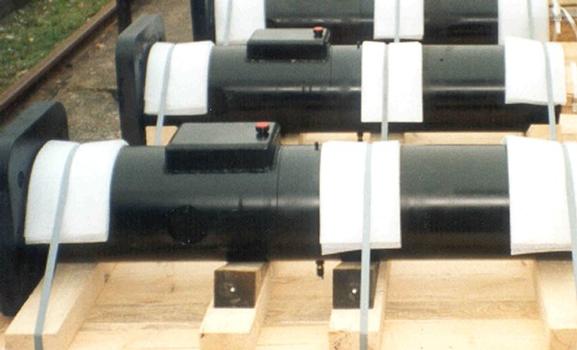
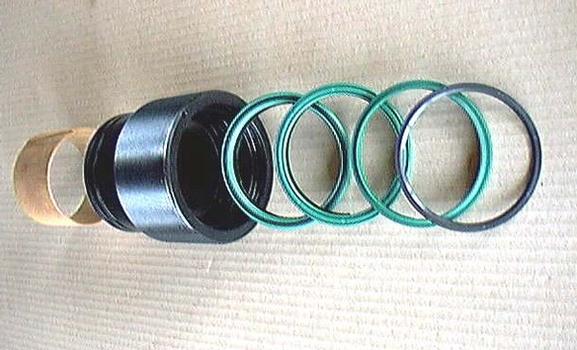
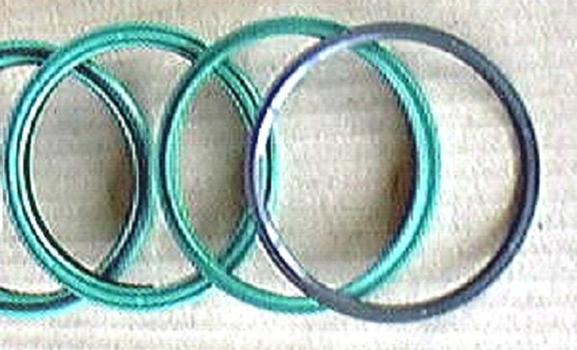

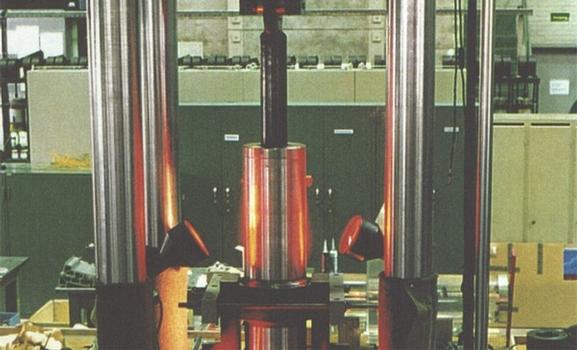
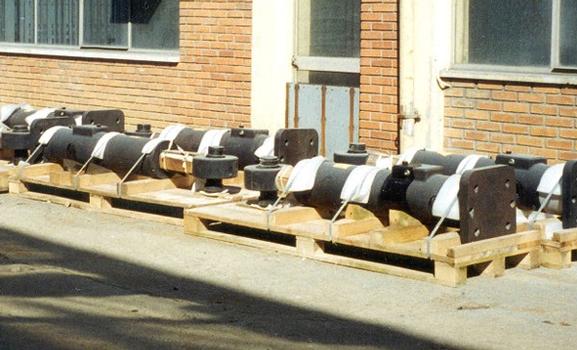
 mageba group
mageba group









